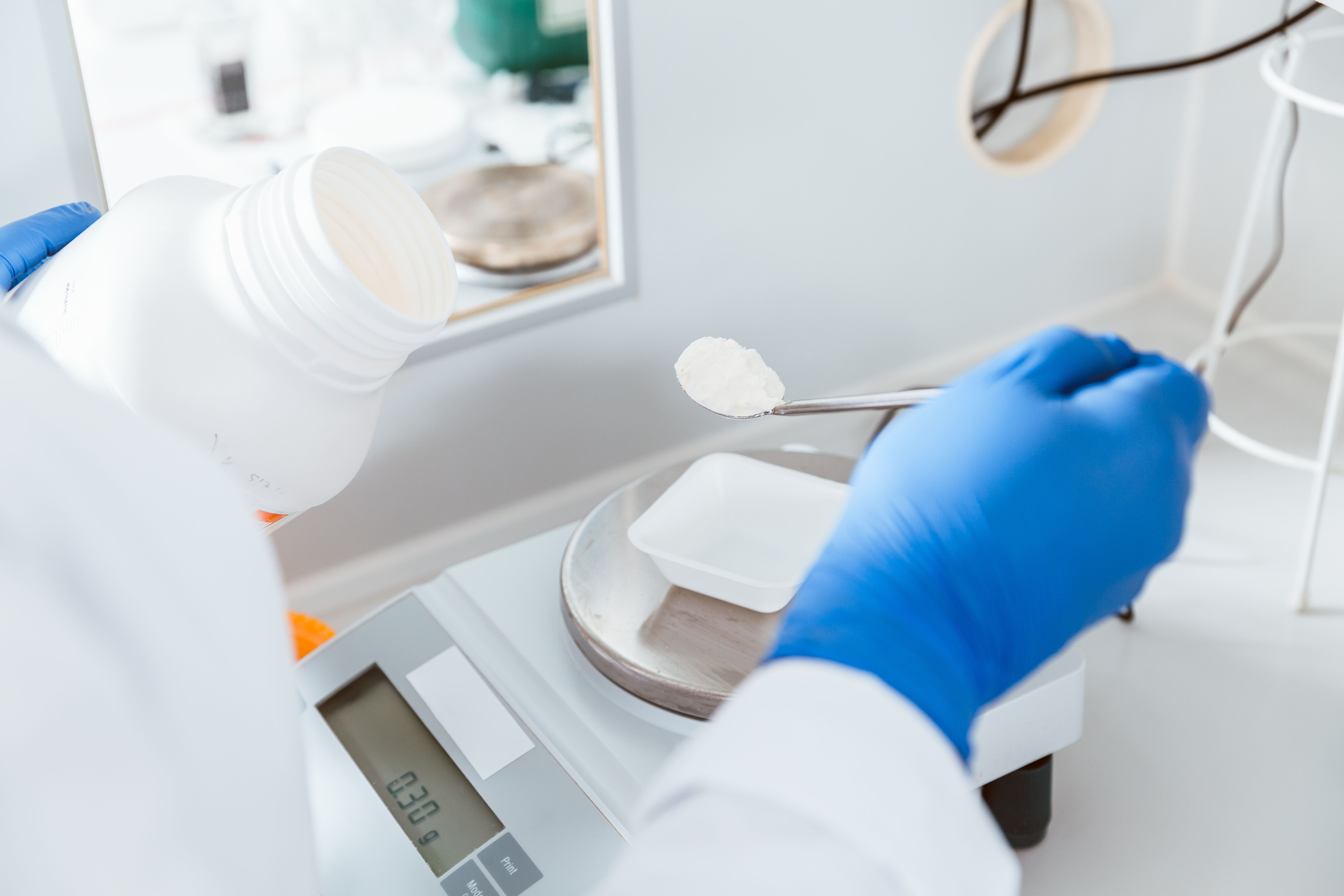About the Author
Ned Milenkovich, PharmD, JD, is chair of the health care law practice at Much Shelist PC in Chicago and is the former vice chairman of the Illinois State Board of Pharmacy.
Publication
Article
Pharmacy Times
Author(s):
Under the proposal, specific drugs would be prohibited
On March 20, 2024, the FDA proposed a new rule that would create criteria for certain drug products or categories that present “Demonstrable Difficulties for Compounding Lists”—known as DDC lists. The proposed rule is entitled “Drug Products or Categories of Drug Products That Present Demonstrable Difficulties for Compounding Under Sections 503A or 503B of the Federal Food, Drug, and Cosmetic Act.” The impact of this rule means that any drug placed on the DDC lists is prohibited from being compounded by either a 503A compounding pharmacy or a 503B outsourcer.1
Image credit: Kzenon | stock.adobe.com

The new FDA scrutiny is believed to be a result of increased production of semaglutide and other similar products at the 503A and 503B levels. One major takeaway is that the FDA is looking to expand its regulatory role over traditional areas of pharmacy compounding. The comment period for the proposed rule is open and ends June 18, 2024.
Ned Milenkovich, PharmD, JD, is chair of the health care law practice at Much Shelist PC in Chicago and is the former vice chairman of the Illinois State Board of Pharmacy.
STATUS OF 503A AND 503B
Section 503A of the Federal Food, Drug, and Cosmetic Act requires that a drug must be compounded by a licensed pharmacist in a licensed pharmacy or by other similar means to be exempt from current good manufacturing practice (CGMP) requirements, labeling requirements, and the federal drug approval process otherwise required of drug manufacturers.2
Meanwhile, Section 503B requires that a drug product must be compounded under the supervision of a licensed pharmacist in an outsourcing facility to qualify for exemptions from the adequate directions for use labeling, federal drug approvals under new drug applications (NDAs), or abbreviated NDAs, and drug supply chain security requirements.3 Notably, any drugs identified by the US Department of Health and Human Services that present “demonstrable difficulties for compounding” are prohibited from being compounded under either Section 503A or 503B.2,3
PROPOSED RULE
The proposed rule adds 2 lists for identifying drugs: one is in the category for 503A compounding pharmacies and the other is for 503B outsourcing facilities. Just because a drug is on one list does not necessarily mean that it will be placed on the other list. Because 503B outsourcers are required to comply with CGMP practices, a drug may find its way onto the 503A list but not the 503B list. In other instances, the drug may be precluded from being produced in either a 503A pharmacy or a 503B outsourcing facility.1 The FDA has laid out the criteria it intends to rely on to make its determination.
Under the proposed rule, the FDA intends to consider the following criteria individually and collectively: (1) complex formulation, (2) complex drug delivery mechanism, (3) complex dosage form, (4) bioavailability achievement complexity, (5) compounding process complexity, and (6) physicochemical or analytical testing complexity. The FDA would consider these criteria along with the risks and benefits to patients receiving the compounded products when deciding whether drugs should be added to the DDC lists.1
Further expounding on the criteria, the FDA has stated the following1:
DRUG CATEGORIES
The FDA identified 3 specific drug categories for human use to be included on the DDC lists. Although the FDA is not aware of any compounding or marketing of the 3 proposed categories for human use, they claim it will benefit compounders by reducing regulatory uncertainty.1 In the future, the FDA may include these categories of drugs for human use.
The FDA provided brief descriptions of the 3 drug product categories as follows1:
CONCLUSION
The proposed rule prohibits compounding drugs listed on the DDC lists and also establishes a process for the FDA to review drugs for inclusion on a DDC list with stakeholder input. Clearly, the FDA is looking to ratchet up regulation of 503A and 503B compounding. The FDA has recently been very focused on inappropriate semaglutide compounding and has issued several warning letters as well as reminder letters to national associations such as the National Association of Boards of Pharmacy.4 Compounding pharmacies should be vigilant regarding FDA pronouncements and the proposed rule.
